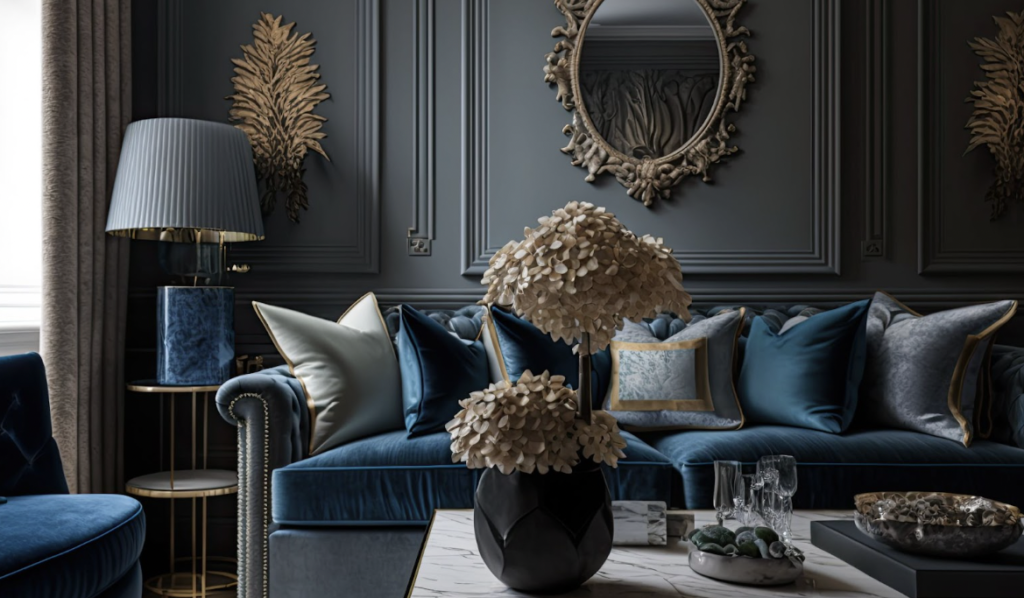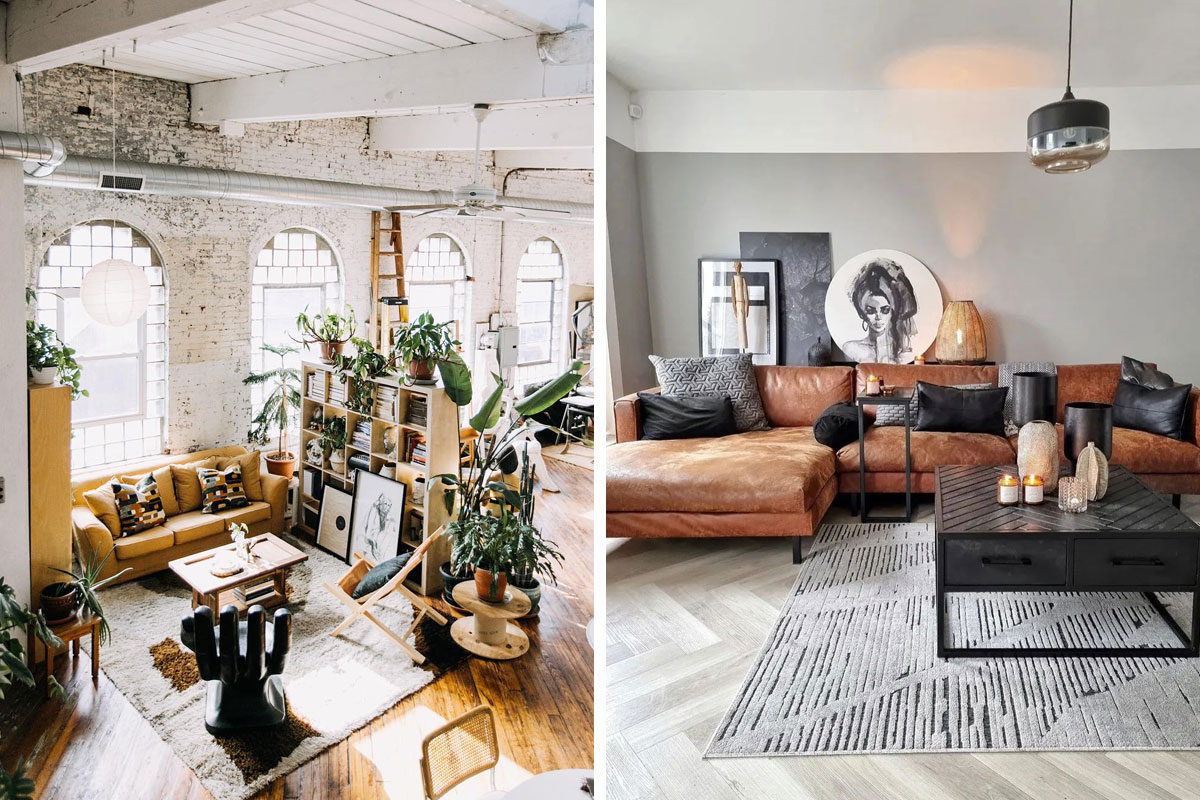Transforming Spaces: The Art and Impact of Home Decor
Home decor is more than just choosing furniture or adding a splash of color to a wall. It is an art form that involves creating living spaces that are both functional and aesthetically pleasing. The way a home is decorated can influence the mood, atmosphere, and even the way people interact within it. For many, home decor is a reflection of personal style, offering a canvas for self-expression while also enhancing comfort and convenience. As homes increasingly serve multiple roles—places for work, relaxation, and entertainment—the need for thoughtful and innovative home decor solutions has become more important than ever.
One of the prevailing trends in home decor today is minimalism. This design philosophy emphasizes simplicity, clean lines, and a sense of openness. Minimalist interiors often feature neutral color schemes, natural materials, and uncluttered spaces, creating an environment that feels calm and serene. The appeal of minimalism lies in its ability to make a space feel larger and more inviting, especially in homes with limited square footage. By focusing on essential elements and eliminating excess, minimalism allows for a more peaceful and mindful living experience. This approach is especially popular in urban environments, where space is often at a premium, and efficiency in design is key.
In contrast, maximalism offers a bold alternative to minimalist decor. This design style is all about embracing colors, patterns, and textures in a way that feels vibrant and full of life. Maximalist spaces are often characterized by an eclectic mix of furniture, decor items, and art, creating a sense of curated chaos that is both visually stimulating and deeply personal. For those who enjoy collecting unique pieces or showcasing their personality through design, maximalism offers an opportunity to break free from conventional decor rules and create a home that is entirely their own. While it can be more challenging to strike a balance in maximalist interiors, when done well, it results in a space that feels rich, layered, and interesting.

Sustainability is another key consideration in modern home living. As more people become aware of the environmental impact of their choices, sustainable decor has gained popularity. This movement involves using materials that are eco-friendly, such as recycled wood, organic fabrics, and energy-efficient appliances. Additionally, upcycling—transforming old or discarded items into new, functional pieces—has become a trend for those looking to reduce waste while adding a unique touch to their homes. Sustainable decor not only minimizes environmental harm but also often results in one-of-a-kind, handcrafted items that give a space character and authenticity. It reflects a growing desire to live more consciously and responsibly, without sacrificing style.
Personalization is at the heart of home decor, and every individual’s approach to decorating is different. Whether through artwork, furniture choices, or family heirlooms, personal touches are what truly make a house feel like a home. The desire to create spaces that reflect personal identity has led many people to seek out custom-made or DIY decor solutions. This might include everything from custom-built shelving to hand-painted murals or even carefully selected color palettes that evoke specific feelings or memories. Personalized decor often tells a story, weaving together elements of the homeowner’s life, travels, and experiences, creating an intimate and deeply meaningful environment.
Finally, the concept of multifunctional spaces has become increasingly relevant in home decor, particularly as people spend more time at home due to changes in work and lifestyle patterns. Home offices, hybrid living-dining areas, and outdoor spaces that serve as extensions of the home have become essential for maximizing functionality. Decor plays a critical role in ensuring these spaces are both practical and aesthetically pleasing. For example, a small apartment might benefit from furniture that can be easily rearranged or folded away, allowing a living room to double as a workspace during the day. Similarly, modular furniture and smart storage solutions help create flexible spaces that can adapt to the changing needs of the household.
In conclusion, home decor is a powerful tool for transforming living spaces into places of comfort, beauty, and functionality. Whether through minimalist or maximalist designs, sustainable practices, personalization, or the creation of multifunctional spaces, decor allows individuals to shape their environments in ways that reflect their personalities and lifestyles. As trends continue to evolve, the core principle of home decor remains the same: to create spaces that feel welcoming and uniquely suited to those who live in them. Thoughtful decor not only enhances the visual appeal of a home but also fosters a sense of well-being, making everyday living more enjoyable and fulfilling.
